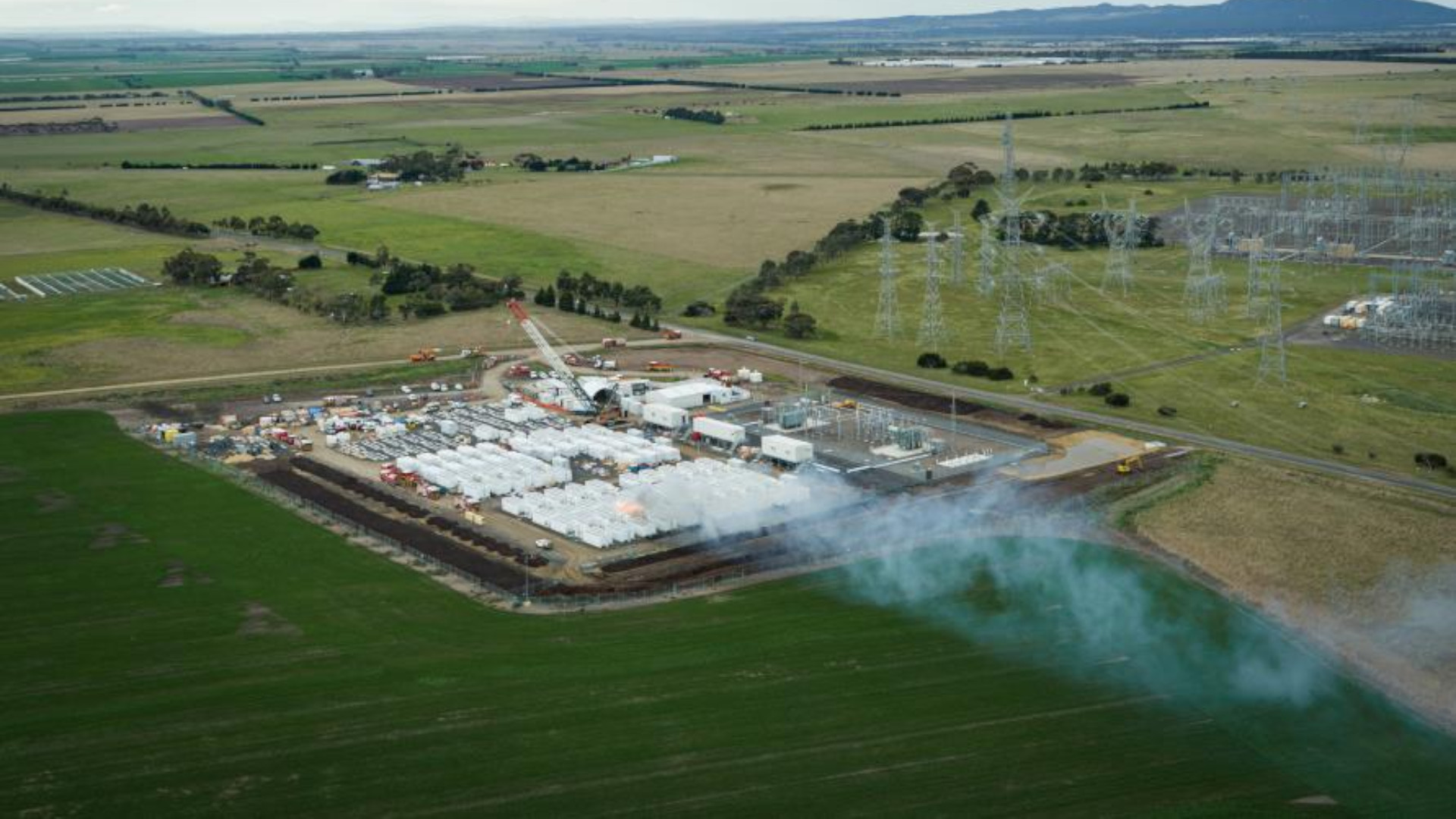augustinetez
Active Member
Well, they're at it again.
Owners of rooftop solar are going to be charged to export power to the grid, because of the greedy power companies lack of foresight and short-sightedness when it comes to investing in upgrading the power network to handle renewable energy.
While we supposedly have until 2025 before this comes in to force, they'll spend much longer than that arguing between themselves about how much they can rip off the consumer to maintain the plush life styles of the top executives - greed is alive and prospering in Australia.
https://www.abc.net.au/news/2021-08...-solar-owners-for-exporting-to-grid/100368588
Owners of rooftop solar are going to be charged to export power to the grid, because of the greedy power companies lack of foresight and short-sightedness when it comes to investing in upgrading the power network to handle renewable energy.
While we supposedly have until 2025 before this comes in to force, they'll spend much longer than that arguing between themselves about how much they can rip off the consumer to maintain the plush life styles of the top executives - greed is alive and prospering in Australia.
https://www.abc.net.au/news/2021-08...-solar-owners-for-exporting-to-grid/100368588

